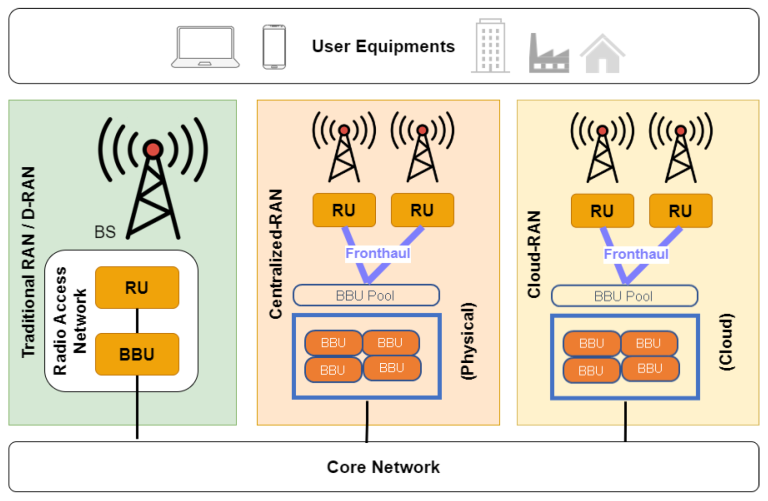Understanding WRR: A Guide to Weighted Round Robin Scheduling
telcomatraining.com – In the world of computer networks and system design, efficient load balancing plays a crucial role in ensuring optimal performance and user satisfaction. One of the most prominent algorithms used for this purpose is Weighted Round Robin (WRR) Scheduling. This article provides a comprehensive overview of WRR, how it works, its applications, and why it is an essential tool in modern networking.
What is Weighted Round Robin (WRR)?
Weighted Round Robin is a load-balancing algorithm designed to distribute tasks or requests across multiple servers, resources, or processes. Unlike the basic Round Robin algorithm, WRR incorporates a weight factor, allowing different servers or resources to handle varying workloads based on their capacity or performance.
In essence, WRR ensures that resources with higher processing power or greater capacity receive more tasks, while less capable resources are allocated fewer. This weighted distribution significantly improves the efficiency and reliability of the system compared to a standard Round Robin approach.
How Does WRR Work?
The WRR algorithm works by assigning a weight to each resource or server. The weight represents the relative capacity of the resource. For example, a server with a weight of 3 will handle three times the number of requests compared to a server with a weight of 1.
The process of distributing tasks involves the following steps:
- Weight Assignment: Each server or resource is assigned a weight based on its capacity or performance.
- Request Distribution: Tasks or requests are distributed in a cyclic order, ensuring that each resource receives a number of requests proportional to its weight.
- Rebalancing: The cycle repeats, and weights are adjusted dynamically if needed to reflect changing resource capacities or workload conditions.
This mechanism ensures a fair and efficient distribution of workloads, preventing resource overloading or underutilization.
Benefits of WRR Scheduling
Weighted Round Robin offers several advantages, making it a preferred choice for load balancing in various applications:
- Fair Resource Utilization: By considering the weight of each resource, WRR ensures that tasks are distributed proportionally, optimizing resource usage.
- Scalability: The algorithm can handle an increasing number of resources and tasks, making it suitable for dynamic and large-scale environments.
- Flexibility: WRR can adapt to different use cases by adjusting weights based on specific requirements or performance metrics.
- Efficiency: By allocating tasks based on capacity, WRR minimizes delays and maximizes throughput.
Applications of WRR Scheduling
WRR is widely used in networking and computing environments where efficient load balancing is critical. Common applications include:
- Web Servers: WRR helps distribute HTTP requests across multiple servers, ensuring smooth and fast responses to user requests.
- Content Delivery Networks (CDNs): By balancing the load among geographically distributed servers, WRR enhances content delivery speed and reliability.
- Cloud Computing: In cloud environments, WRR is employed to allocate virtual machines or compute resources based on capacity.
- Database Management: WRR can optimize query distribution among database nodes, improving response times and avoiding bottlenecks.
Challenges and Limitations
While WRR is highly effective, it does have some limitations. For example, if the weight assignment is not accurate, it can lead to imbalances in load distribution. Additionally, in dynamic environments where resource capacities fluctuate frequently, WRR may require frequent recalibration to maintain efficiency.
Another potential challenge is its inability to account for real-time metrics like latency or current server load. In such cases, more advanced algorithms like Least Connections or Dynamic Round Robin may be more suitable.
Conclusion
Weighted Round Robin Scheduling is a powerful and versatile algorithm for load balancing, providing an efficient way to distribute workloads across resources based on their capacities. Its fair and flexible approach makes it a cornerstone in various applications, from web servers to cloud computing.
Understanding WRR and its implementation can help businesses and system architects optimize performance, reduce downtime, and improve user experiences. While it has some limitations, its benefits far outweigh the drawbacks, making it an essential tool in the modern networking toolkit.







